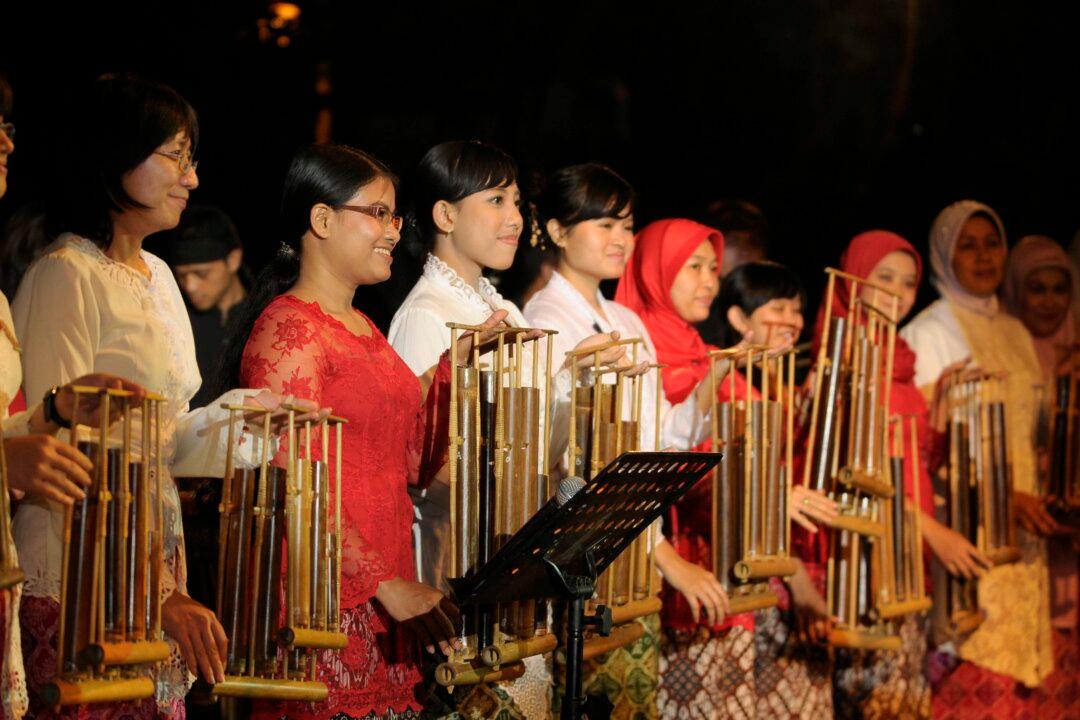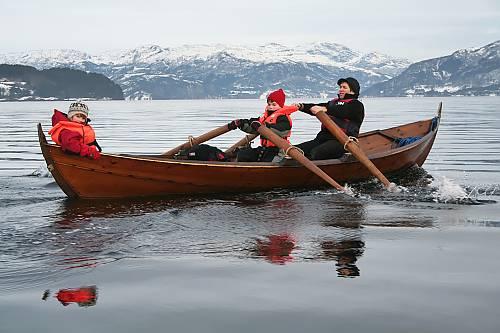Indonesia, the largest archipelagic country in the world, is made up of 13,466 islands, big and small. Since they are separated by the sea, there is an amazing variety of people, arts, and cultures, as well as flora and fauna.
Bali may come to mind when you think of Indonesia but in addition to its wealth of cultural marvels, other islands such as Sumatra, Java, Jakarta, Sulawesi, and Papua are rich in their particular traditions.
Angklung
This traditional Indonesian musical instrument is made of two to four bamboo stalks suspended in a bamboo frame bound with rattan cords. A special black bamboo is used, cut in a way that leaves enough growth above ground so the root continues to grow, during two weeks when the cicadas sing.
A master craftsman whittles and shapes the bamboo so it will make a sound when the instrument is shaken or tapped. Several players meet to play together as each instrument makes only one note. Traditional angklung use the pentatonic scale but in 1938 an instrument using the diatonic scale was invented, called “angklung padaeng.”
The instruments are played during ceremonies such as rice planting, harvesting, and circumcision. The techniques are transmitted orally from generation to generation and because it is a collaborative act promoting imagination, memory, and responsibility it is now taught in educational institutes.






